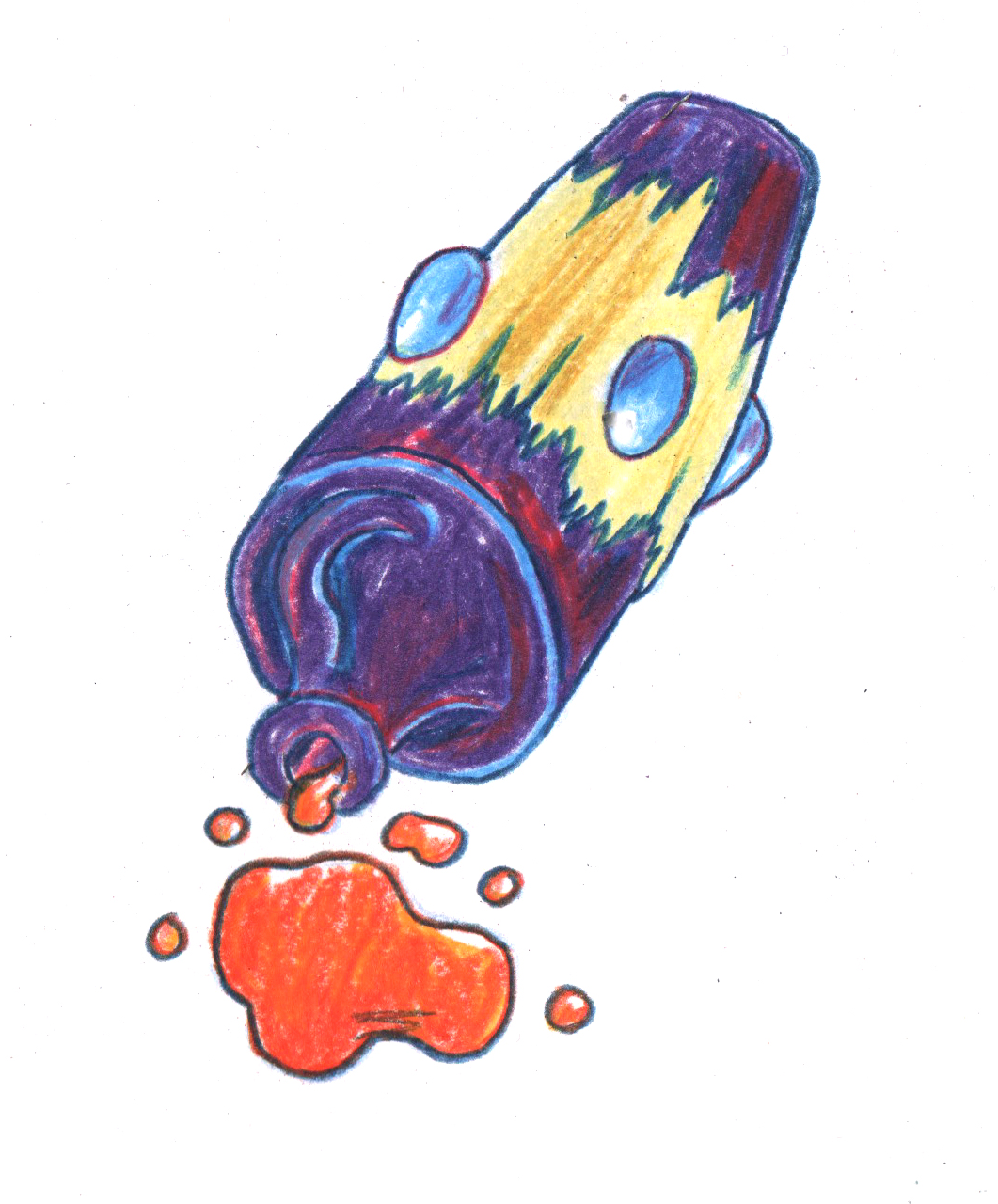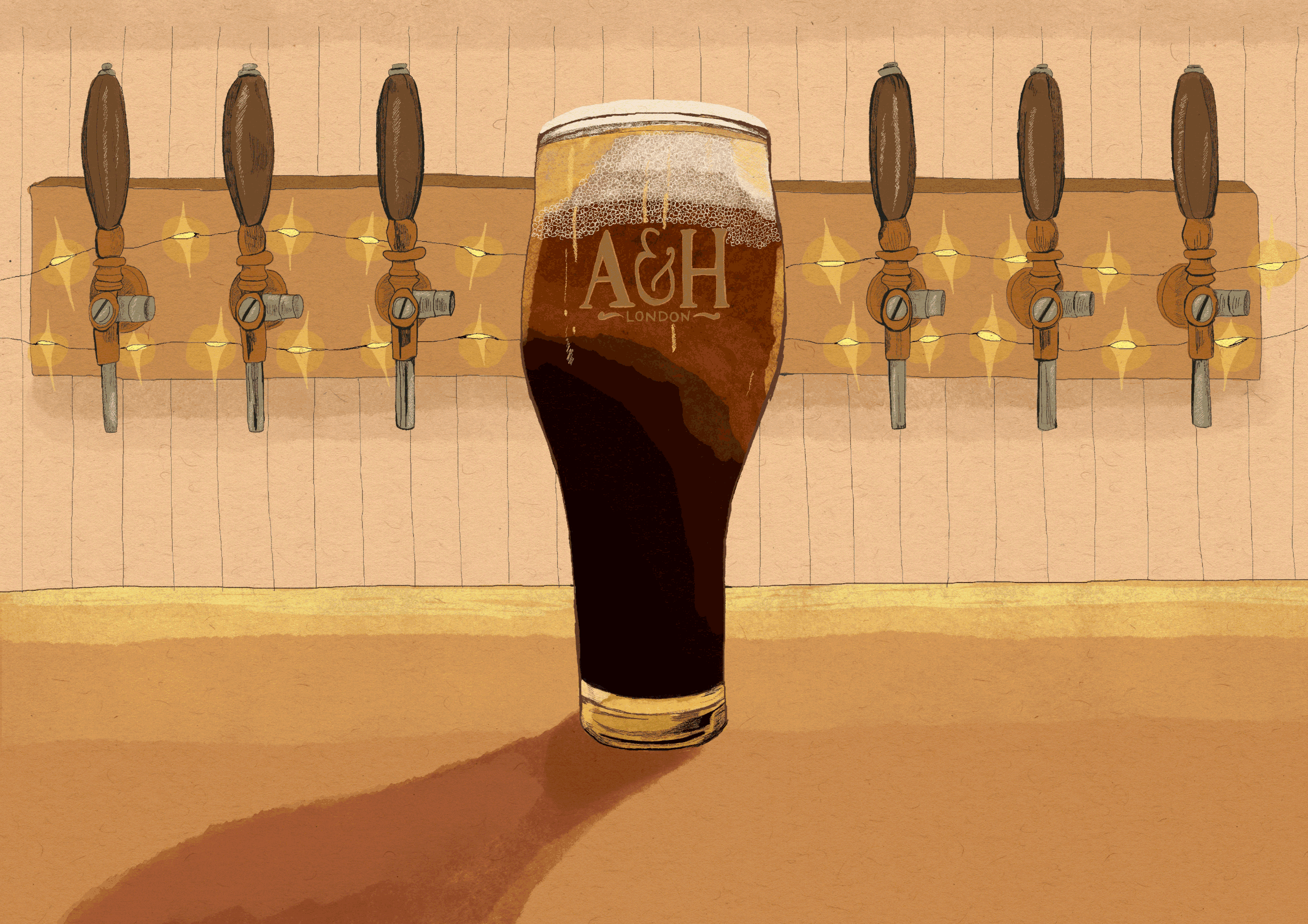Fus Brew Da — Brewing Skooma from The Elder Scrolls V: Skyrim
The Elder Scrolls is an iconic series of video games series perhaps best known for its fifth instalment, Skyrim. Originally released in 2011, it has sold over 62 million copies, making it the 7th most popular game of all time. Whilst Skyrim itself is set in the Northern province of the same name, the series as a whole is set in the fantasy world of Tamriel, an Empire of distinct provinces and races. Players can expect the usual cast of elves, men, orcs and lizard folk, and then you have… cat people.
The Khajiit are a bipedal, cat-like race from the province of Elsweyr (yes, the writers were running out of ideas and named a region ‘elsewhere’.) None of the five main Elder Scrolls games have ever allowed you to visit Elsweyr, and what little is known of it is learned second hand through talking to Khajiit merchants and travellers. Speaking to most of them during a playthrough, one thing becomes very clear: they have a deep love for a drink known as Skooma.
I should note that Skooma is not portrayed as an alcoholic beverage, but instead as an illicit drug. Many in-game quests involve bringing down Skooma smugglers (or helping them if you like playing your RPG characters with questionable morals like I do.) You might, then, reasonably ask why I would choose to make a homebrew recipe for something that isn’t a beer. And to you I say: stop trying to ruin my fun! People have made candy versions of Breaking Bad’s blue meth and cocktail recipes for A Song of Ice and Fire’s ‘Milk of the Poppy’ so I say, why not this!?
It’s not made explicitly clear within the game that Skooma really is a drug. Sadly it’s one of the few substances in Skyrim that cannot be made by the Dragonborn (the games’ main protagonist, whom you take control of) themselves so we don’t know its exact ingredients. We do know one of its primary ingredients is moon sugar, made from sugar cane that can only be grown in the Elsweyr region. This is why it has to be smuggled into Skyrim, it cannot be grown and manufactured anywhere but the home of the Khajiit.
Illustrations by Hannah Lock
You do see some NPCs (non player characters) described in-game as addicted to the drink, but just because substances are harmful to people does not mean they get banned in Skyrim. You can pop to your local alchemist and buy all manner of poisons over the counter; you can buy a spell book which will teach you the ability to launch lethal bolts of lightning in most village bookstores; you can even reanimate the corpses of fallen enemies and the city guards won’t bat an eyelid, it’s all legal in Skyrim. But not Skooma, a drink of which the only effect on your character is restoring 25 points of stamina.
One might suggest the only reason the Jarls of Skyrim have banned Skooma is because it might harm their own mead industry, and limit the taxes coming into their coffers. Could the talk of negative effects of Skooma all be a propaganda campaign to boost public support for protectionist trade measures?
Maybe I’m getting a little bit into the realm of headcanon, but it’s as good a theory as any for a drink we know so little about, and it means I can make it into a plausible beer recipe. With this very tenuous premise as our starting point, what kind of beer should Skooma actually be?
We know Skooma has a profound effect on those who drink it, so it makes sense that it would be a strong beer. It’s got to be high gravity if it’s restoring those 25 points of stamina because that’s the equivalent of a three course meal of clam chowder, potato soup and a taffy treat for pudding.
The one ingredient we know of is moon sugar, and to emulate this I will inventively use sugar. This works out well in terms of boosting gravity because sugar is 100% fermentable and thus really efficient to add gravity to stronger beer. We also know It comes from a mysterious land with odd customs and an esoteric language: so a Belgian style makes sense. A strong beer. A beer made with sugar. A Belgian beer. It’s a Belgian golden strong ale.
““We know Skooma has a profound effect on those who drink it, so it makes sense that it would be a strong beer.””
Writer Stan Hieronymus chronicles the backstory of the style in his 2005 book Brew Like a Monk.The first Belgian golden strong ale to have existed is widely regarded as being Duvel from Moortgat Brewery (now Duvel Moortgat) First released in 1923, the beer was originally much darker than it is now, and was reformulated as a pale beer in the 1970s to compete with pilsners, which were rapidly growing in popularity. It tickles me that the Belgian reaction to a pilsner is to start with a very similar recipe: 100% pilsner malt with noble hops and then to turbo charge it up to 8.5% ABV by adding invert sugar and using a highly attenuating Belgian ale yeast.
For Skooma I wanted to push the style to its limits. At 10.6% it’s at the upper end of the BJCP guidelines. I’ve used Hallertauer Mittelfrüh as it’s my favourite noble hop but feel free to use Saaz or Styrian Goldings instead. Traditionally you would use Belgian candi sugar, a form of invert sugar, to boost the ABV. A lot of brewers swear by the unique flavour added by invert sugar, but a triangle taste test carried out by Brulosophy in 2016 suggests drinkers cannot tell the difference when using normal table sugar and invert is about ten times the price of normal sucrose. I would say if you have the funds, you could use candi sugar to be traditional, but if you’re brewing on a budget like me, sucrose will do the job just fine.
You do get some fruity esters in the finished product but this doesn’t detract from this being a crisp, refreshing beer that will help you unwind after a long day of hunting dragons and taking arrows to the knee.
If you try this recipe for yourself, why don’t you let us know? Our Patreon subscribers now have access to a homebrew forum on our subscriber exclusive message board where you can argue about sugar (and other ingredients) to your heart's content!
Recipe
Target Original Gravity (OG) — 1.085
Target Final Gravity (FG) — 1.006
Target Alcohol by Volume (ABV) — 10.6%
Target International Bittering Units (IBU) — 28
Batch Size — 20L
Ingredients
5Kg Pilsner Malt
1750g Sugar (Belgian Candi Sugar or Sucrose)
70g Hallertauer Mittelfrüh at start of boil
30g Hallertauer Mittelfrüh added five minutes from end of boil
Wyeast Belgian Strong Ale Yeast (Wyeast 1388)
33 water total (130L for mash, 20L for sparge)
Method
Mash Duration — 1 Hour
Mash Liquor Volume — 13L
Total Grist Weight — 5kg
Liquor to Grist Ratio — 2.6 L/Kg
Mash Temperature — 65ºC
Sparge Liquor Volume — 20L
Sparge Liquor Temperature — 75ºC
Boil Duration — 1 Hour
Fermentation Temp — 20ºC













